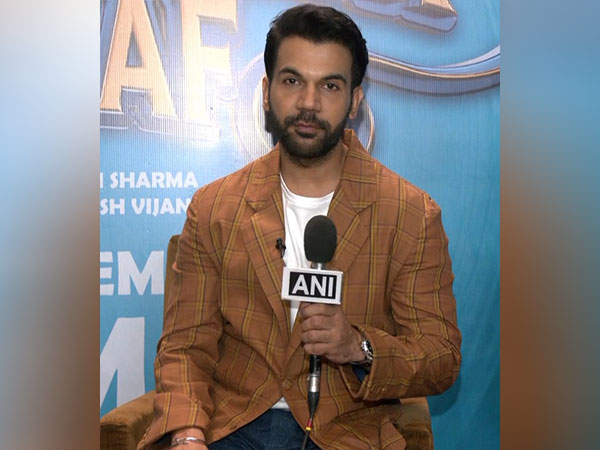
India will have 123 million electric vehicles on-road by 2032: Report
May 06, 2025
New Delhi [India], May 6 : India will have 123 million electric vehicles (EVs) on the road by 2032, after getting a boost from the incentives of the National EV Targets (NEV), according to a joint report by IESA (India Energy Storage Alliance) and CES (Customized Energy Solutions).
The report estimates that India's cumulative on-road lithium-ion electric vehicle (EV) population increased nearly twelvefold, rising from 0.35 million in 2019 to 4.4 million in 2024.
This rapid growth has been fuelled by supportive government policies, such as the FAME-II scheme, which offers demand incentives for electric two-wheelers, three-wheelers, and four-wheelers, along with capital subsidies for public charging infrastructure.
It further highlighted that electric two and three-wheelers together accounted for over 93 per cent of India's on-road EV stock in 2024. In contrast, electric four-wheelers represented around 6 per cent, while electric buses and trucks comprised less than 1 per cent.
Notably, the personal electric four-wheeler (E4W) segment has emerged as a key driver of the country's expanding private and home charging ecosystem.
As per the report, in 2024, there were approximately 220,000 personal electric four-wheelers (E4Ws) on roads, most of which depended on Type-2 AC chargers installed in residential areas.
By that same year, India had an estimated 320,000 private Type-2 AC chargers, with 70 per cent being 3.3 kW units, 28 per cent 7.4 kW units, and the remaining 11-22 kW units classified as high-capacity.
India had roughly 76,000 cumulative public and captive charging points in 2024, with a combined installed capacity of 1.3 GW.
While AC-001 chargers made up nearly half of all installed points, the overall installed capacity was dominated by CCS2 chargers, reflecting the growing demand for high-power DC fast charging.
Commenting on the report, Debmalya Sen, President of IESA, said, " To support the projected EV growth, we can anticipate that India's cumulative installed EV charging points--public and captive--will need to grow nearly 12 to 28 times, from around 76,000 in 2024 to between 0.9 million and 2.1 million by 2032. Installed charging capacity must also scale more than 17 times, rising from 1.3 GW to 23 GW, depending on EV adoption and infrastructure utilisation levels."
Vinayak Walimbe, the Managing Director of Customized Energy Solutions India Pvt Ltd. says, "The NEV scenario is based on the EV30@30 ambition, assuming that by 2030, EV penetration reaches 80 per cent for electric two- and three-wheelers, 30 per cent for private electric four-wheelers, 70 per cent for commercial cars, and 40 per cent for electric buses--fully aligning with NITI Aayog's vision for transport electrification."
By 2032, the projected stock of electric vehicles (EVs) is expected to reach approximately 4.3 million, 5.8 million, and 10 million electric four-wheelers under the Worst Case, Business as Usual (BAU), and New Energy Vehicle (NEV) scenarios, respectively.
In addition, electric buses and trucks could grow to around 450,000, 750,000, and 1.1 million units. These two segments are crucial drivers of demand for both captive and public charging infrastructure, particularly for high-power DC fast charging.




























